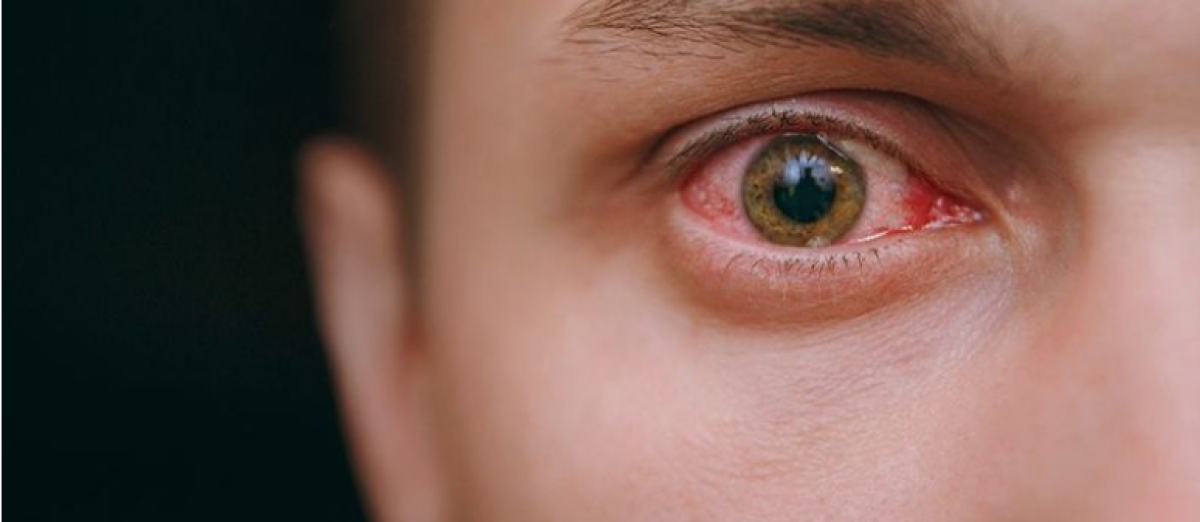How To Spot And Treat Ocular Hypertension
- - Category: Diseases & Conditions
- - 29 Jul, 2024
- - Views: 116
- Save

Ocular Hypertension
Ocular hypertension is a medical condition characterized by elevated intraocular pressure (IOP), which refers to the air pressure inside your eyes. While the condition is widespread and affects about five percent of the populace, it goes undetected due to its asymptomatic nature. It’s estimated that up to six million American adults are at an increased risk of developing glaucoma due to the unchecked pressure behind the eye.
When you don’t have obvious symptoms like burning eyes, blurry vision, and headaches, the safest bet to maintain your eye health is through regular eye exams.
What Causes Ocular Hypertension?
The exact cause of intraocular pressure is unknown. The need for treatment for high eye pressure may be caused by an imbalance of the clear fluid in your eyes called aqueous humor. There is a cyclic process in the eye wherein the fluid is produced, and an equal amount removed, which helps keep the pressure between the eyes constant.
Who’s at Risk for Getting Ocular Hypertension?
Those with family members who have been diagnosed with glaucoma and ocular hypertension are also at a higher risk. The condition could impact both your eyes, so regular checkups are crucial. Studies show early detection decreases your chances of becoming blind due to glaucoma. Other risk factors associated with ocular hypertension include:
- Suffering from diabetes, in which case, your optometrist may suggest getting a diabetic eye exam to rule out any problems
- Having been diagnosed with high or low blood pressure
- Having nearsightedness or farsightedness
- Using or have used steroid medication for a long time
- Undergoing eye surgery
- Receiving an eye injury, past or present
- Getting eye injections that can lead to increased pressure behind the eye
What Tests Are Required to Diagnose and Treat Ocular Hypertension and Related Diseases?
You can’t prevent ocular hypertension from developing. TypicallyA, by the time you receive a definitive diagnosis, it’s already too late — you’re in the first stages of glaucoma. But when you visit your eye doctor and they have a suspicion of ocular hypertension, a diagnosis may be reached with additional tests such as:
- Eye pressure test that measures the pressure inside your eyes
- Gonioscopy, designed to examine the drainage angle of your eyes to check problems with aqueous humor drainage
- Ophthalmoscopy, used to examine the back of your eye where the optic nerve resides
- Optomap retinal exam, which provides a high-definition image of your retina that helps detect ocular problems
- Perimetry or visual field test that measures the range of your peripheral vision, usually done to rule out glaucoma
What is the Treatment for Ocular Hypertension?
According to the American Optometric Association (AOA), there is no definitive cure for ocular hypertension. The best plan of action is to detect and treat high eye pressure as early as possible. This is crucial to prevent the condition from escalating to glaucoma.
For mild cases, your optometrist may suggest eye drops to reduce the pressure by 20 to 25 percent. If your condition demands it, you may also get medication with eye drops such as:
- Beta-blockers
- Prostaglandins
- Alpha-adrenergic agonists
- Carbonic anhydrase inhibitors
- Miotic or cholinergic agents
In cases where your risk of getting glaucoma is high, you may need to consider laser treatments for eye pressure. The selective laser trabeculoplasty (SLT) and argon laser trabeculoplasty (ALT) target the drainage angle of the eye. This means more of the aqueous humor fluid is removed, thus lowering the pressure inside the eye.
The bottom line
Don’t miss your regular eye tests. They can help spot the problem long before it turns into an irreversible impairment of your vision.
